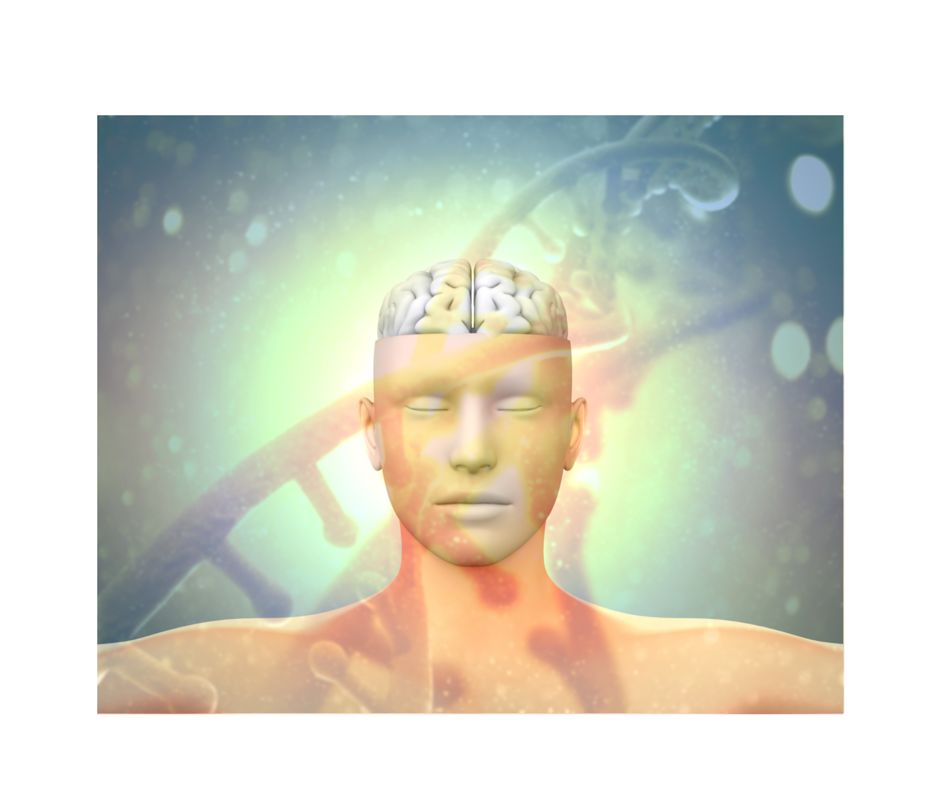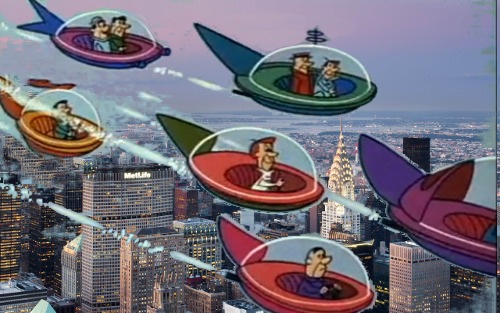WHY ALL THE FUSS ABOUT NEW HORIZON?
/
NASA photograph--The last taken before the New Horizon spacecraft flew past Pluto.
On July 14, 2015 one science news story dominated all others: the NASA New Horizon spacecraft’s flyby of Pluto. Considering that the last time Pluto got so much attention was when it was demoted from full planet status to the demeaning designation of “dwarf planet”, you might easily wonder why there was so much excitement about New Horizon. Commentators have even sometimes neglected to stress the dwarf planet thing, almost as if the former ninth planet had regained its status. It hasn’t. But it is a star in terms of fame.
New Horizons was launched in January 2006 (ironically, the same year as Pluto’s demotion) and after traveling nearly five billion kilometres finally raced past Pluto at a speed of more than forty-five-thousand km/h, so there wasn’t a lot of time for sightseeing. Much like your last budget bus tour of Paris. It couldn’t even send pictures “live”—NASA was forced to wait a while for them (remember dropping off the film of your bus tour at the drug store for processing?) In fact, New Horizons is gathering so much data that it will require sixteen months to send it all back to Earth. That’s what you call shutter happy.
Why so much interest? If you ask me, most of us still think of Pluto as the ninth planet, and it was the only one left that hadn’t received the up-close-and-personal paparazzi treatment. Even in the Hubble telescope, Pluto was little more than a blurry white ball. Now we’ve seen its cracks and craters, wrinkles and blemishes, in high resolution, finally completing our solar system postcard collection. But Pluto has had a special allure because it was the most distant of the planets and so the most mysterious. It also has an orbit very different from the rest of the family, leading to speculation that it’s an adopted child born somewhere else and then captured by our sun. If so, learning as much as we can about Pluto will also help us to learn about things much farther away.
Pluto is part of the outer fringe of the solar system, known as the Kuiper Belt. If we ever hope to travel to other stars we should know as much as we can about that stretch of space and the more distant Oort Cloud. Our spacecraft will have to travel through them. Maybe we’ll want to use Kuiper Belt objects as fuel depots or rest stops, or maybe we’ll just want to know how to avoid all of them, but knowledge is the key. It could be that Pluto and other dwarf planets like Eris (almost twice as far away) will actually become launch stations from which freshly-fuelled interstellar spaceships will begin their long voyages.
Pluto might seem too far away to consider it as a candidate for industrial mining, but then we don’t know what’s there. It might turn out to be rich with resources. If it really did come to our system out of interstellar space, it might have significant quantities of elements that are otherwise rare in our neighbourhood. Exploratory missions like New Horizons will help to provide those answers.
So let’s give Pluto its time in the spotlight. The poor demoted planet deserves a break.









